Cuba’s hunger to end communism

Cuban protests in Miami. Photo courtesy of The Hill.
November 30, 2021
If you live in Miami, Florida, the #1 Cuban populated city in the U.S., you’ve more than likely witnessed numerous protests done by some of the Cuban population there. However, these protests aren’t just to speak up against police brutality, like in America, or climate change, like in Australia; they’re to completely reform their Communist government. How did this all start, though?
In the 15th and 16th centuries, Cuba, Puerto Rico, the Dominican Republic, and Guam were colonized by Spain. The Dominican Republic became free in 1844. On December 10, 1898, as a result of losing The Spanish-American War, Spain gave up Puerto Rico and Guam to the U.S., and have since been territories. On January 1, 1899, Cuba was also given up to America, but only until May 20, 1902 — they became independent after.
In 1920, life started to change for Cubans. They were hit with extreme poverty, businesses shut down, and the price of sugar, their main source of income, plummeted. After a series of numerous leaders in a span of 23 years, Fulgencio Batista, the leader of the army, later became the president — more so, dictator — from 1940 to 1944. Carlos Prío Socarrás later took rule in 1948, but didn’t help fight the corruption they were in. Batista, a candidate for the 1952 election, was infuriated for him for not doing more, so he took matters into his own hands by taking over the government.
In control, he moved the election to 1954 and was elected as president by default in 1955. He tried to restore Cuba back to the way it was before by implementing their old Constitution, amongst other things, but hate towards him by the public only grew.
Little did Batista know about Fidel Castro, however. Castro, a law major from Universidad de la Habana (University of Havana) and candidate for president in 1952, would go on to overthrow the Batista regime during El Movimiento 26 de Julio (The 26th of July Movement).
This was the start of the Cuban Revolution.
It’s 1957, and Cuba is deep into a chaotic civil war. Batista took away freedom of assembly and freedom of speech — something that would remain. The government continued to gain only more control over peoples’ lives, and the U.S. military stopped providing aid to Cuba. Castro, still fighting to lead, threatened to kidnap and kill presidential candidates and voters before election day in 1958. Rivero Agüero was the winner, but only due to voting fraud.
Even so, Castro refused to give up.
Che Guevara, a leading member of Castros’ group, led a riot to Havana on January 3, 1960. They were too powerful, and Castro officially became prime minister on January 8. Immediately, anyone associated with Batitsta was put to death. Castro attempted implementing heavy taxes to raise more money and fight unemployment, but the country was only falling apart more and more. Their rapport with America was deteriorating, and the sugar industry was not thriving.
Over time, about 600 assassination attempts against Castro occurred, both from America and from Cubans. On April 17, 1961, the U.S. invaded the Bay of Pigs on the coast — the biggest invasion yet — in an effort to assassinate Castro. In addition to being the biggest invasion, it was also the biggest failure.
Castro dictated until 2008.
It’s safe to say that life in Cuba has improved since then, but the government still controls every aspect of Cubans’ lives, like what they’re permitted to read at a library, or what they have access to see on the internet.
In fact, the poverty is still so dire that Cubans often have to pick between buying a roll of toilet paper as opposed to a bucket of water to bathe themselves in because most showers don’t function.
More than ready for change, Cubans in Miami and surrounding suburbs, both immigrants and descendants of immigrants, have frequent marches in the streets, chanting “libertad (liberty)” and holding up signs which state “patria y vida (homeland and life)”. For the Cubans in Cuba, though, it’s not so easy; just this month, Cuban protesters were trapped in their homes and arrested by police. What we consider suppression in the United States is not even remotely comparable to this. Remember, they still don’t have the rights to free speech or freedom of assembly, something we take for granted.
This crisis has gone on for 62 years, and the last thing Cubans want is to deal with it 62 more. With this, it’s crucially important that we recognize the condition Cuba is in, do all we can to erase the mark Castro has left, and join them in the fight for libertad. ¡Cuba libre!



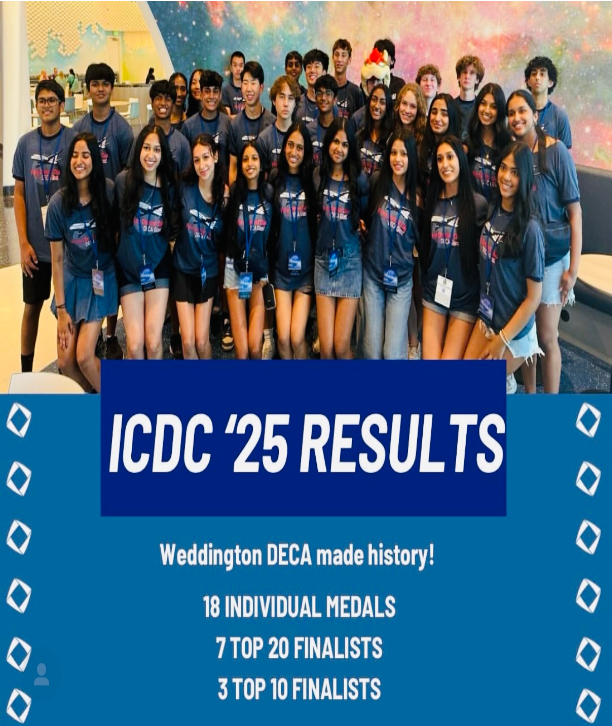
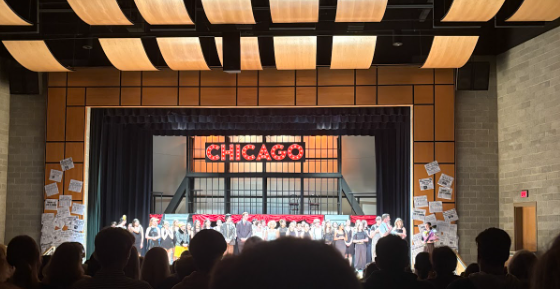
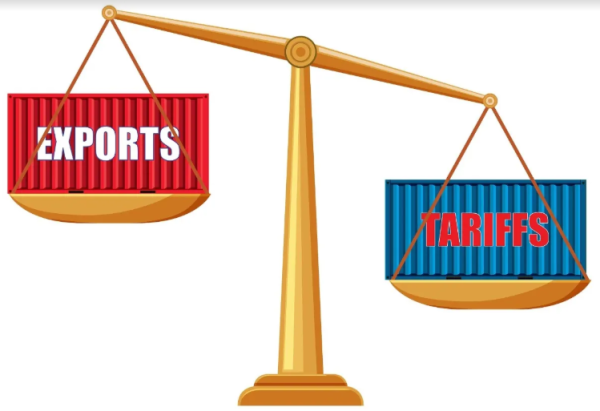

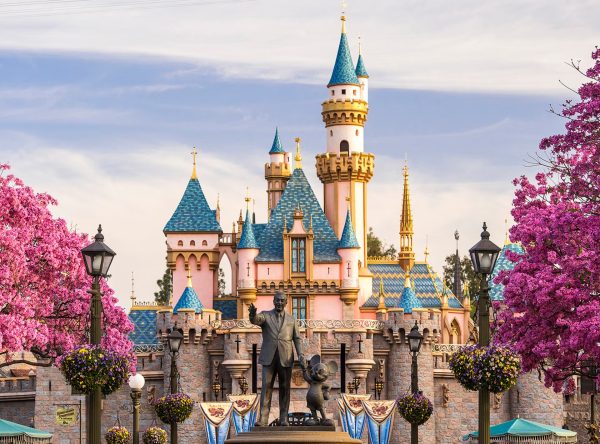
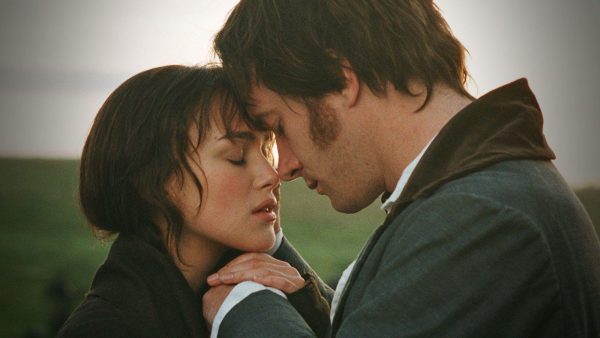

Belinda Forty • Dec 2, 2021 at 10:43 pm
Excellent job.
Rene • Dec 2, 2021 at 9:39 pm
Te felicito, muy interesante! Sigue hacia adelante que te auguro un gran futuro! DTB, René
Fredy Suarez • Nov 30, 2021 at 6:11 pm
Great Post. The end of a 62 year old crisis, will be met with countless limitations that should be approached with a high sense of amazing expectations. Thanks for sharing.
Eliane Martin-Levin • Nov 30, 2021 at 5:57 pm
Excellent article ! 100% true of the Cuban history and the reality of the living in the island.
Richard Pellom • Nov 30, 2021 at 10:03 am
I agree 100% with Ms Miranda. Fascinating article!
Daniela Miranda • Nov 30, 2021 at 8:30 am
AMAZING article Bella, proud of you for speaking on a topic that needs to be addressed.